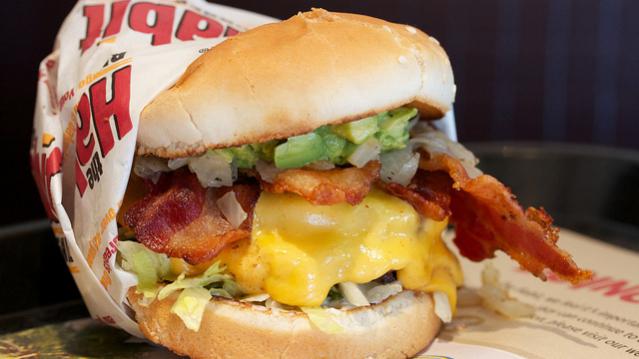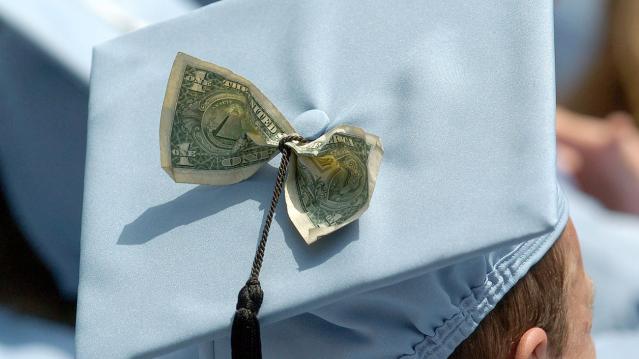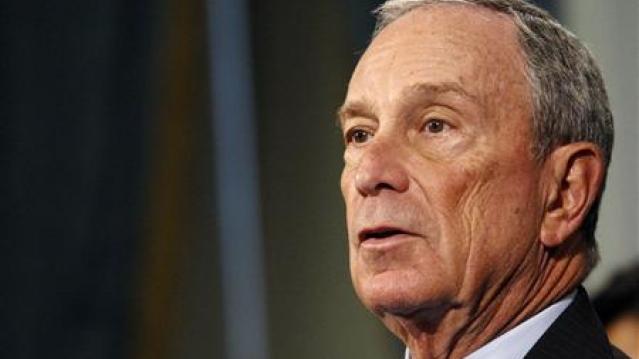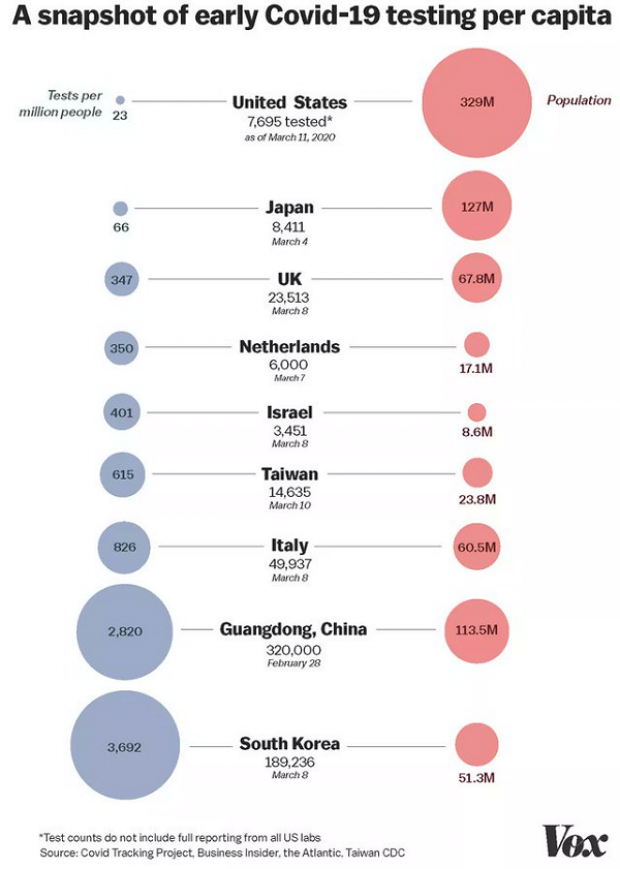Sweet, Sour, Salty and...Fat? Scientists Add a New Basic Taste

The thousands of taste buds on a human tongue each contain as many as 100 taste receptors. The interaction between those receptors and the chemicals in our food determine the taste of that hamburger or salad you’re having for lunch.
Our sense of taste has long been broken into four basic categories — sour, sweet, salty and bitter. A fifth basic taste was added more recently: umami, which means “delicious” in Japanese but refers to a meaty or savory flavor sensation. Now researchers claim there’s a sixth basic taste.
Scientists at Purdue University have published a new study in the journal Chemical Sense that they say provides evidence that chemicals called nonesterified fatty acids (NEFA) — in other words, fat — causes a taste sensation that is different from the other five tastes. The researchers have proposed that the new taste be referred to as “oleogustus.” “Oleo” is the root word for oily or fatty in Latin and “gustus” means taste.
Related: The 11 Worst Fast Food Restaurants in America
The researchers emphasize that they are talking about a taste, not just the creamy mouth feel you get from eating a rich piece of meat or a dish loaded in butter.
The fat that delivers that creamy, smooth feeling is a triglyceride, made up of three different fatty acids, they explain. Oleogustus — a gag-inducing taste on its own, but much more appetizing in combination with other flavors — comes from only one of those fatty acids that breaks off from the larger molecule in the food or as you’re chewing.
This finding has the potential to generate big changes in the food industry. Understanding the taste component of fat can do more than add to our knowledge of how our brain and digestive system interact. It may also help the food industry create more appealing, and potentially healthier, products.
Top Reads from The Fiscal Times:
- Teens Are Having Much Less Sex Than Their Parents Did at That Age
- You’re Richer Than You Think. Really.
- The New Generation of ‘Genuinely Creepy’ Electronic Devices
Chart of the Day: Long Way to Go on Coronavirus Testing

The White House on Friday unveiled plans for a new effort to ramp up testing for Covid-19, which experts say is an essential part of limiting the spread of the virus. This chart from Vox gives a sense of just how far the U.S. has to go to catch up to other countries that are dealing with the pandemic, including South Korea, the leading virus screener with 3,692 tests per million people. The U.S., by comparison, has done about 23 tests per million people as of March 12.
After Spending $2 Billion, Air Force Bails Out on Planned Upgrades of B-2 Bombers

The Air Force has scrapped a planned upgrade of its B-2 stealth bomber fleet — even after spending $2 billion on the effort — because defense contractor Northrup Grumman didn’t have the necessary software expertise to complete the project on time and on budget, Bloomberg’s Anthony Capaccio reports, citing the Pentagon’s chief weapons buyer.
Ellen Lord, the undersecretary of defense for acquisition and sustainment, told reporters that the nearly $2 billion that had already been spent on the program wasn’t wasted because “we are still going to get upgraded electronic displays.”
Big Hurdle for Sanders’ Plan to Cancel Student Debt

Bernie Sanders wants to eliminate $1.6 trillion in student debt, to be paid for by a tax on financial transactions, but doing so won’t be easy, says Josh Mitchell of The Wall Street Journal.
The main problem for Sanders is that most Americans don’t support the plan, with 57% of respondents in a poll last fall saying they oppose the idea of canceling all student debt. And the politics are particularly thorny for Sanders as he prepares for a likely general election run, Mitchell says: “Among the strongest opponents are groups Democrats hope to peel away from President Trump: Rust Belt voters, independents, whites, men and voters in rural areas.”
Number of the Day: $7 Million

That’s how much Michael Bloomberg is spending per day in his pursuit of the Democratic presidential nomination, according to new monthly filings with the Federal Election Commission. “In January alone, Bloomberg dropped more than $220 million on his free-spending presidential campaign,” The Hill says. “That breaks down to about $7.1 million a day, $300,000 an hour or $5,000 per minute.”

